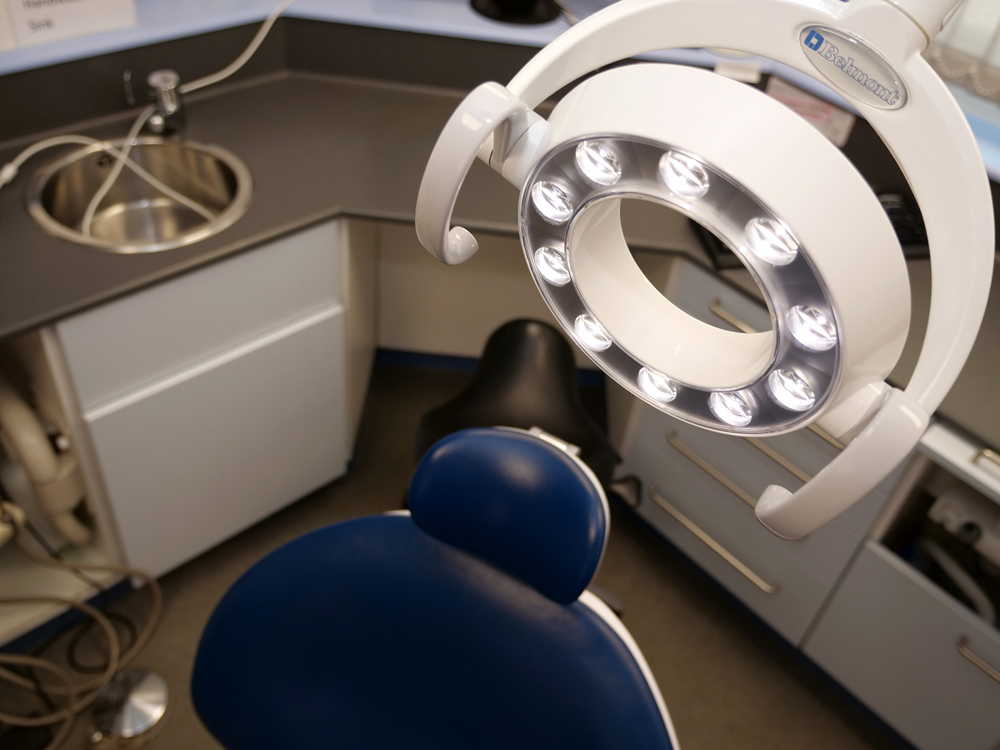Bridges

What is a bridge?
Dental bridges literally bridge the gap between one or more missing teeth. A bridge involves replacing the missing teeth with false teeth which are in some way bonded or fixed to the healthy teeth adjacent to the gap to give a replacement which does not need to be removed. There are different ways of achieving this and your dentist will discuss the options available.
What types of bridges are there?
There are two main types of dental bridge, Conventional or Adhesive.
A conventional bridge uses crowns either side of the space and the false tooth is attached to these. Metal or ceramic materials can be used to make the bridge and it is cemented to the supporting teeth.
An adhesive bridge uses a metal wing attached to the false tooth and this is bonded (glued) to the back of one of the adjacent teeth.
What are the advantages of a bridge?
Dental bridges offer a long-term solution to missing teeth and studies show that you can expect 12 to 15 years of use. Modern materials offer a fantastic and natural looking appearance which will transform your smile and increase your self-confidence with the added benefit of improving your chewing. It will also prevent movement of the adjacent teeth and help to avoid further gum or biting problems. Unlike dental implants, no surgery is needed.
How is it made?
Your dentist will need two visits to make your bridge. The first visit involves some tooth preparation and will normally be carried out with a local anaesthetic. The teeth will be shaped for the bridge and impressions will be made with a putty-like material and temporary crowns will be placed over the prepared teeth. At the second visit the temporary crowns are removed, and the new bridge will be cemented. This will normally be possible without the need for a local anaesthetic.
How long does it take?
Usually it takes the laboratory two weeks to construct your new dental bridge so there will be two weeks between your appointments. However, it may be possible to arrange a faster turnaround with the laboratory if needed.
What are the alternatives to a bridge?
The alternatives to using a dental bridge to fill a space are either a dental implant, or a denture.
Are there any disadvantages?
Dental bridges will involve some tooth preparation, and this could potentially cause the nerve to die over a period of time. This may require a root treatment of even an extraction and possible loss of the bridge.

